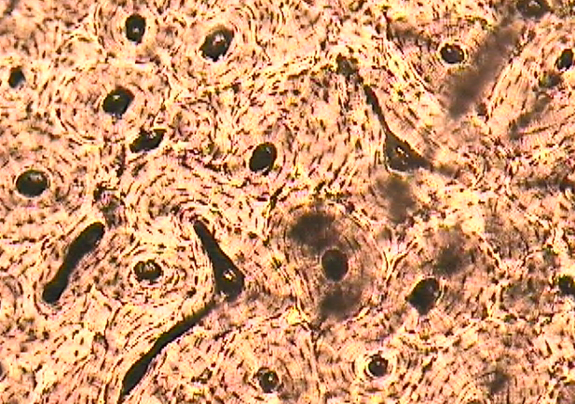There was a black-and-white movie of a very small baby
that would not move and she looked just like a baby would
if you tucked her under a microscope. A nurse tried to explain
what to expect next. Words like blood clot and how they’re hard
to describe if you’ve never had one. I’d been reading 17th c.
rituals of the Bacabs, who were the Mayan medicine men,
whose incantations have many lines about blood as a needle,
and I’d been reading the 17th c. case study of an English woman,
also named Kate, bleeding and sweating forth needles, page
upon page of it, until I wished, for her sake, she would die.
On the 7th day she took 80 drops of tinct. theb. without
the least effect, complained of frequent rigors succeeded by heat.
On the 8th day she could get but little rest from a universal
soreness of the right side, which she described as if her ribs
were falling out of her sockets. I was bleeding a lot then,
but trying to pretend it was OK, because they say you’ll bleed
a lot and a lot is subjective and so is how long. And if
I’ve learned anything, it’s every time you go to a doctor
they put something metal in your vagina and sometimes it’s sharp
and sometimes it’s not and sometimes your baby lives
and sometimes she does not and sometimes you stop bleeding
and sometimes you start. The doctors always have a reason
and you are always expected to believe in reason. I’d read
the first Bacabs were four brothers who stood at the corners
of the earth to keep the sky from falling.
The madness coil was made at the place of the Lady-
needle-remover-of-clotted-blood. Cast it away.
And the snake fell. Four days prostrate in that place.
Then he bit the arm of the madness of creation.
He bit the arm of the madness of darkness.
He licked the blood from a leaf. He licked
the blood from the stump. Cast it away
into the earth, into the underworld, the brimstone,
the fire, the belly of its mother, she-who-keeps-closed-
the-opening-of-the-world. Into this opening, cast in
the labored breathing. Cast in the soured atole.
Cast in the virgin cacao and the virgin seeds.
Cast in the herbs and venom. Then how with a needle,
pry out the heart. There came forth then, oh how?
Frightened, oh how, is your vigor, when it falls.
Your breath, when it is taken away. Frightened,
oh how. Of creation, oh how. Of birth, oh how.
Stopped before me and behind. It stops, oh, it stops,
it is broken. Broken open is the beak, then. Broken,
then, is the groaning. Broken, then, it ends.
I have a full copybook of notes on Kate Abbott’s bleeding.
Crying in the library, I couldn’t stop turning the pages
of the doctor’s handwriting. First he suspected she swallowed
the pins herself from compulsion, but then no, that was not it.
He couldn’t say. I had the idea we had the same illness
though certainly we did not. I sweat, then bled through
the sheets. Something sharp was being drawn out of me.
On the 20th day she had nothing come away from the sore
but a few pieces of bone; she coughed and expectorated
a dark foetid matter, complained of a great pain in her stomach
as if a large needle of bone was there. By the 67th day she was
reduced to eating only milk and rice, which oozed then
out of her sores. If it were me—. The doctor gave 120 drops
tinct. theb. He couldn’t say.
The disease of the Rattlesnake—he enters into
the needle, tongue of the spindle, tail of the thimble.
This is his heart, a red bead. He enters to the crest
of the verdure. Then how, cooled the red firefly.
Then how, cooled the white firefly.
Eleven years passed unnoted, then this: Saw K. Abbott today
in the marketplace. Inexplicably well, mother to two. Shall I tell you now
about my beautiful child? Shall I tell how she’s going to live forever?
Kathryn Nuernberger is the author of Rag & Bone (Elixir, 2011). New poems can be found in West Branch, Cincinnati Review, 32 Poems, and on Versedaily.com. She teaches at the University of Central Missouri, where she also serves as poetry editor for Pleiades.
